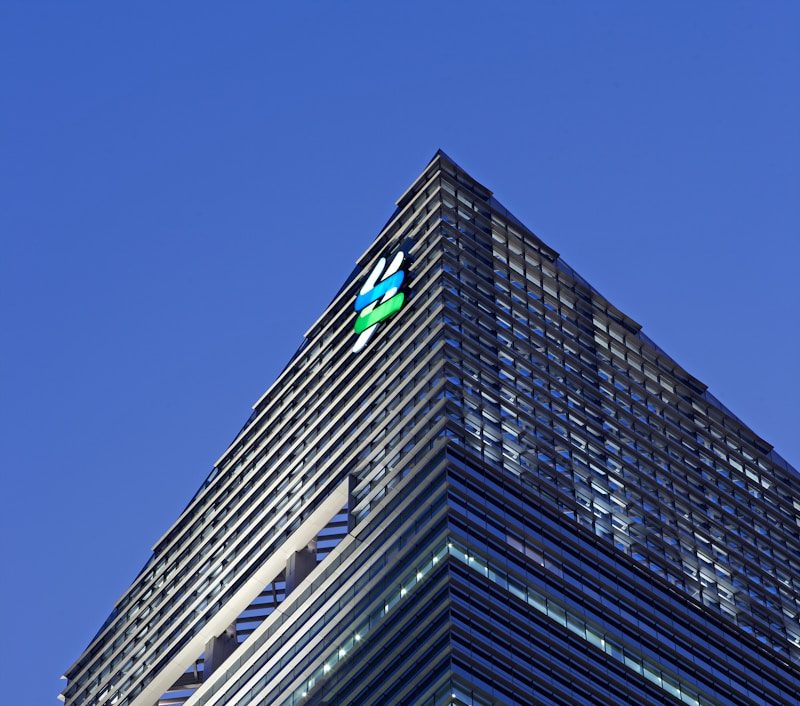Standard Chartered Bank is facing a $2.7 billion lawsuit over its alleged role in the 1MDB fraud scandal. Three firms have filed the lawsuit. They accuse the bank of actions that helped conceal the flow of stolen funds.
The lawsuit claims that Standard Chartered was complicit in the misappropriation of the funds. The funds were channeled through numerous global institutions. The bank has emphatically rejected these allegations.
As a result of the lawsuit, shares in Standard Chartered dropped 2.7% during trading in London. More details on the case are expected to emerge as investigations continue. The liquidators pursuing the looted funds are suing the UK-based banking giant.
They allege the bank played a central role in one of the world’s largest financial frauds. The lawsuit was filed Monday in Singapore. It marks a major development in the decade-long global effort to recover billions siphoned from 1MDB.
The claimants argue that between 2009 and 2013, the bank permitted over 100 intra-bank transfers. They say this helped obscure the flow of misappropriated money. The lawsuit accuses the bank of failing to conduct proper anti-money laundering (AML) checks.
It also says the bank overlooked numerous red flags associated with the transactions. Singaporean regulators had previously sanctioned the bank for AML lapses connected to the 1MDB scandal. In 2016, the Monetary Authority of Singapore (MAS) fined the bank S$5.2 million for 28 breaches of AML regulations.
MAS cited “significant lapses” in customer due diligence and ongoing monitoring. The bank now faces renewed scrutiny despite these prior sanctions.
standard chartered lawsuit over 1mdb scandal
The lawsuit claims that funds funneled through the bank’s accounts were used for extravagant personal expenses. This included purchases of jewelry and luxury goods for the family of former Malaysian Prime Minister Najib Razak. Najib was later convicted in the scandal and sentenced to six years in prison.
The bank said it had not yet received formal legal documents related to the case. However, it “emphatically rejects any claims” made by the 1MDB-linked entities. The bank insisted that the suing entities are “shell companies with no legitimate business.” It vowed to “vigorously defend” itself in court.
The 1MDB saga has implicated some of the world’s largest financial institutions. It is widely regarded as one of the largest financial frauds in history. U.S. authorities estimate that more than $4.5 billion was stolen from the fund.
This was done through a series of schemes led by Malaysian financier Jho Low, who remains at large. The scandal has led to criminal prosecutions, asset seizures, and fines across the globe. Last month, former Goldman Sachs banker Tim Leissner was sentenced to two years in prison by a U.S. federal court.
Goldman Sachs has previously paid billions in penalties related to its role in arranging bond deals for 1MDB. Singapore’s role as a financial gateway in the scandal triggered widespread embarrassment for the city-state. This prompted a tightening of regulatory oversight and AML compliance.
Several bank executives in Singapore were jailed or fined over their roles in facilitating illicit fund flows. The bank is also facing a separate £1.5 billion lawsuit in London. It is alleged that the bank breached sanctions on Iran more extensively than previously disclosed.
In 2019, the bank settled charges related to the Iran case by paying UK and U.S. regulators a combined $1.1 billion. As 1MDB recovery efforts continue, the new lawsuit could further expose the global banking sector’s vulnerabilities to high-level fraud and inadequate compliance practices. The case underscores the long shadow cast by 1MDB and the enduring effort to hold financial institutions accountable.







